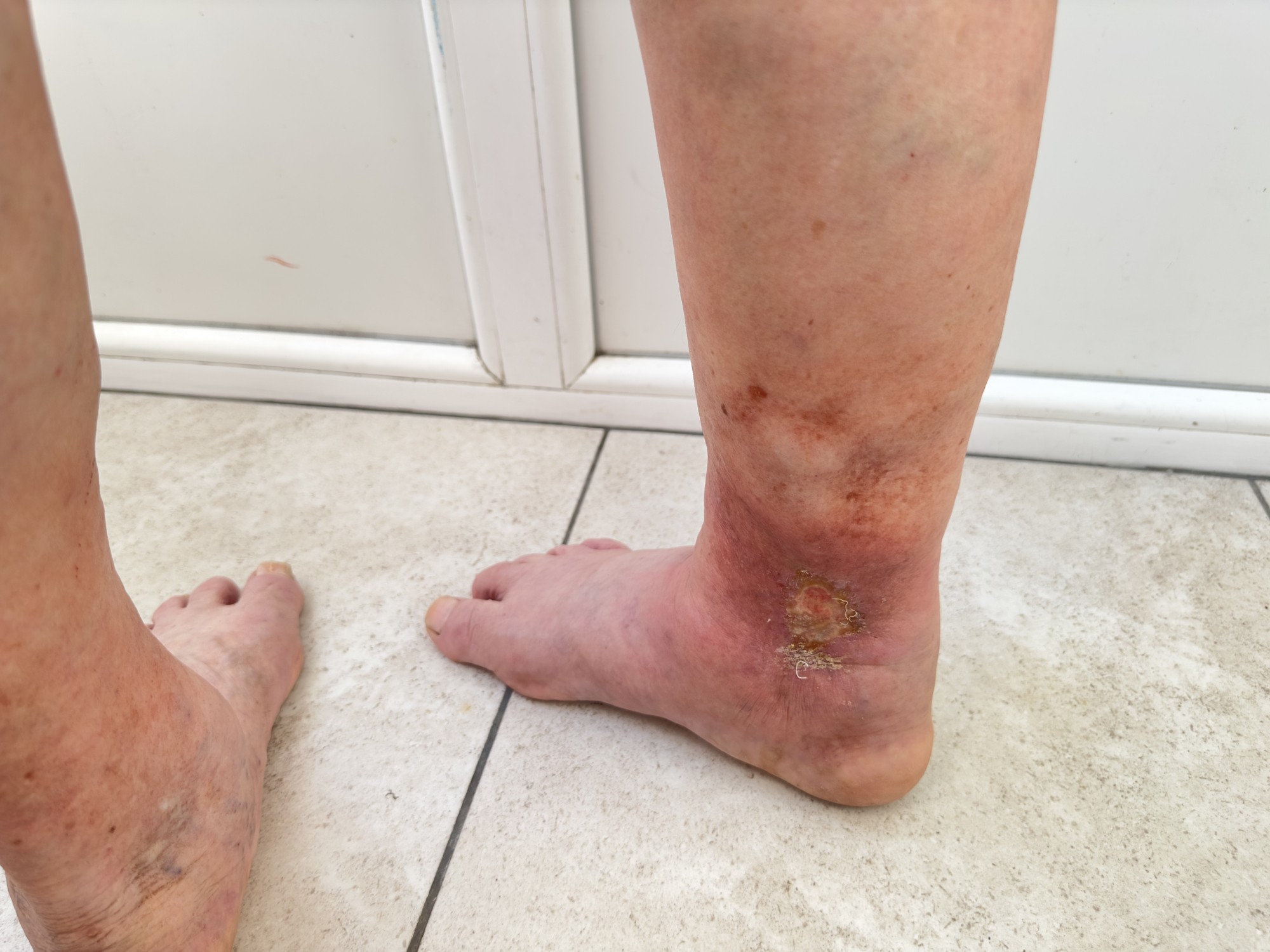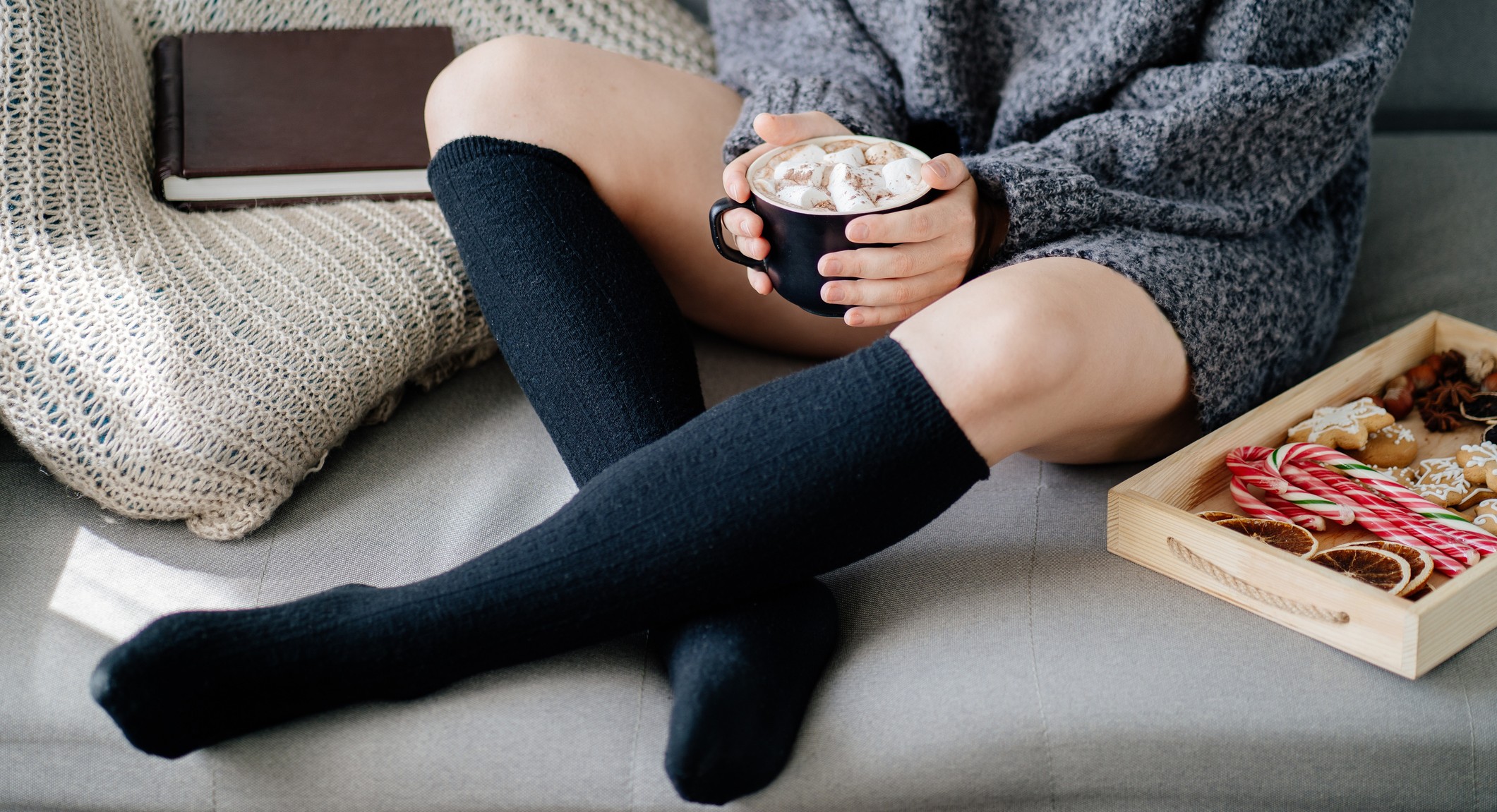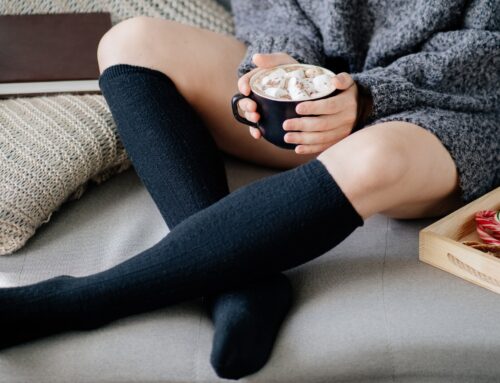Balance issues are more common as we get older, they can affect anyone at any stage of life due to factors like injury, poor posture, or even the type of shoes we wear. Footwear is often overlooked when it comes to balance. The structure, fit, and support of your shoes can either enhance your stability or contribute to a feeling of unsteadiness.
Poorly designed or worn-out shoes may increase your risk of slips, trips, or falls, especially on uneven surfaces or in everyday environments like your home or local sidewalk.
When Balance Becomes a Challenge
Balance is something most people take for granted, until it becomes a challenge. It’s a part of nearly every movement we make, from simple daily tasks like standing up from a chair or reaching into a cupboard, to more active motions like walking, biking, or exercising. Good balance helps prevent unnecessary strain on the body and allows for smoother, more confident movement.
As we age, the systems that support balance, including muscle strength, joint mobility, vision, and the inner ear, may gradually decline. This can lead to unsteadiness, a slower reaction time, and a greater risk of falls. But balance concerns aren’t limited to older adults. Foot pain, poorly fitting footwear, previous injuries, and even certain medications can impact balance at any age.
Common causes of balance issues include:
- Muscle weakness or stiffness, especially in the legs and core
- Foot conditions such as bunions, plantar fasciitis, or fallen arches
- Chronic pain, especially in the knees, hips, or back
- Neurological conditions, including vertigo or peripheral neuropathy
- Changes in vision or depth perception
- Poorly fitting or unsupportive shoes
Many of the contributing factors are manageable, and footwear is a good place to start. Supportive shoes can improve posture, reduce strain on joints, and help create a stronger foundation for every step you take.
How Footwear Affects Your Balance
The shoes you wear can either support your sense of balance or quietly work against it. Proper footwear does more than protect your feet from the ground, it impacts how your body aligns and moves. If your shoes don’t support your feet properly, it can throw off your posture and make it harder for your body to stay centered and steady.
Foot alignment and posture
Your feet form the base of your posture. When they’re aligned correctly, everything above, ankles, knees, hips, and spine, tends to follow suit. But when footwear lacks proper support or causes the foot to roll inward or outward, it can lead to misalignment. This creates added stress on your joints and muscles, which in turn affects your ability to maintain stable, controlled movements. Over time, even small shifts in alignment can lead to fatigue and a noticeable decline in balance.
Cushioning vs. stability in shoes
Cushioning can make shoes feel comfortable, too much softness can actually work against balance, especially if it reduces ground feel or encourages instability. On the other hand, shoes that focus on stability help keep the foot in a neutral position and support more secure movement. The ideal shoe for balance offers a balance of both: enough cushioning to absorb impact, but firm enough to prevent wobbling or uneven shifts in weight.
Could Your Shoes Be the Reason You Feel Unsteady?
Many people don’t realize how much their shoes are contributing to their unsteadiness. Some of the most common footwear-related issues that can negatively affect balance include:
- Worn out soles that reduce grip and stability
- Shoes that are too loose or too tight, which can cause the foot to slide or cramp
- High heels or overly soft soles, both of which shift weight distribution
- Flat shoes with no arch support, especially for those with foot conditions
- Slippers or backless shoes, which offer little to no structure
What to Look for in Balance-Supportive Shoes
The right shoes can make a noticeable difference in your balance and stability, whether you’re walking indoors, navigating stairs, or simply standing for long periods. Footwear that supports natural movement and keeps your feet properly aligned can help reduce fatigue and lower the risk of slips or stumbles.
Proper arch support
Arch support helps distribute weight evenly across your feet, keeping your ankles, knees, and hips aligned. Without it, your feet may roll inward (overpronation) or outward, which can throw off your posture and affect your ability to stay balanced.
Wide base and firm heel
Shoes with a broader sole and a firm, structured heel offer a more stable foundation. This design helps prevent side-to-side wobbling and allows for better control during movement, especially on uneven ground.
Non-slip soles
Traction is important, particularly for older adults or anyone at risk of falling. Look for outsoles made from rubber or textured materials that provide grip on smooth indoor floors and slippery outdoor surfaces.
Adjustable fit (laces or straps)
Shoes that can be adjusted to fit securely are better for balance. Loose shoes can slide around and increase instability, while shoes that are too tight may restrict movement. Laces, hook-and-loop straps, or other adjustable closures let you fine-tune the fit for comfort and control.
Shoe Features for Balance
When evaluating your current footwear or shopping for a new pair, look for:
- Firm but flexible sole – supportive without being rigid
- Adequate cushioning – soft enough for comfort, but not overly squishy
- Low heel height – a flat or very slight heel helps keep your weight evenly distributed
- Good fit – shoes should fit properly in both length and width, with no pinching or sliding
- Lightweight and stable – avoid overly heavy shoes, but make sure they offer structure
When to Consider Orthotic Insoles
In some cases, even the best shoes need a little extra support, and orthotic insoles can make a real difference. These inserts are designed to improve how your feet function inside your shoes, helping to correct alignment issues, redistribute pressure, and reduce the kind of strain that can quietly impact your balance over time.
Not everyone needs them, orthotics are worth considering if you’ve noticed persistent foot discomfort, instability, or signs that your posture or gait may be off. They can also be helpful after injury or surgery, or if you’re dealing with chronic conditions that affect the feet or lower body.
Custom vs. Over-the-Counter Options
Orthotic insoles come in two main types, each with their own place depending on your needs:
Custom-Made Orthotics
These are created specifically for your feet, often following a biomechanical assessment, foot scan, or mold performed by a podiatrist / chiropodist or foot care professional. Custom orthotics are designed to address more complex or long-term issues such as:
- Chronic heel or arch pain (e.g., plantar fasciitis)
- Flat feet or high arches
- Differences in leg length
- Diabetes-related foot conditions
- Joint problems in the knees, hips, or back linked to poor foot alignment
Because they’re made to match the exact contours and motion of your feet, custom insoles can offer more precise correction and support than store-bought options. They tend to last longer and may help prevent future problems by improving your body’s overall mechanics, not just the feet.
Over-the-Counter Insoles
Available at pharmacies, footwear stores, or online, these insoles are designed to provide general support, shock absorption, and mild alignment correction. They’re often helpful for:
- Occasional foot fatigue
- Mild discomfort during walking or standing
- Adding extra cushion to less supportive shoes
- Short-term use while recovering from a minor strain
Over-the-counter insoles can offer noticeable improvements in comfort and balance, especially when paired with a good pair of shoes, they aren’t tailored to your specific foot structure. For more persistent or complex issues, they may fall short over time.
In either case, it’s important to make sure your insoles actually match your needs. Poorly fitted or worn-out inserts can do more harm than good, and may even worsen existing discomfort or throw off your alignment.
If you’re unsure whether you need custom orthotics or if your current insoles are still doing their job, a foot assessment at Care-Med can help you understand what kind of support would be most effective for your feet.
Tips for Improving Balance Beyond Footwear
Although supportive shoes and insoles can make a big difference, improving balance often requires a more holistic approach. Factors like muscle strength, vision, home environment, and even hearing all influence how steady you feel during everyday activities. The good news is that there are simple, practical steps anyone can take, at any age, to support better balance and reduce the risk of falls.
Staying Active
Staying physically active is one of the most effective ways to build and maintain good balance. Even gentle movement helps strengthen the muscles that support your posture and improves coordination over time.
Some activities include:
- Tai chi – A slow, flowing form of movement that improves body awareness, coordination, and leg strength
- Walking – Regular walks help maintain cardiovascular health, joint mobility, and stride consistency
- Balance training – Simple exercises like standing on one leg, heel-to-toe walking, or using a balance board can help retrain your body’s stability systems
You don’t need to start with intense routines, just a few minutes of focused movement a day can make a meaningful difference, especially for older adults or those recovering from injury.
Home safety adjustments
Environmental hazards in your home are a common cause of slips and falls, especially if your balance is already compromised. A few small changes can greatly reduce the risk:
- Install grab bars in bathrooms and stairways for added support
- Remove loose rugs or secure them with non-slip backing
- Improve lighting, especially in hallways, entryways, and staircases
- Keep walkways clear of clutter, electrical cords, and other tripping hazards
- Use non-slip mats in the kitchen and bathroom
Making these adjustments doesn’t require major renovations, even subtle changes can enhance safety and help you feel more confident as you move around your space.
Annual vision and hearing checks
Good balance depends not just on your muscles and joints, but also on your ability to see and hear clearly. Your eyes help your brain gauge distance and positioning, while your inner ear help maintain equilibrium. That’s why it’s important to:
- Schedule annual eye exams to check for changes in vision or depth perception
- Have your hearing tested regularly, especially if you’ve noticed changes or feel off-balance in busy environments
- Wear updated glasses or hearing aids as needed to stay fully aware of your surroundings
When to Seek Professional Help
Many balance issues can be improved with the right footwear, exercises, and home adjustments, there are times when it’s best to speak with a healthcare professional. If you’re unsure what’s causing your unsteadiness, or if you’ve tried basic changes with limited success, a targeted evaluation can provide clarity and guidance.
Chiropodists, Podiatrists and physiotherapists
A chiropodist/podiatrist specializes in foot and lower limb health and can assess whether structural issues in your feet are affecting your balance. They may recommend orthotics, physical therapy, or footwear changes based on your individual needs.
A physiotherapist (or physical therapist) can evaluate your posture, muscle strength, gait, and coordination. They’ll often prescribe exercises and techniques to help you move more confidently and safely. In some cases, they may work alongside a podiatrist to provide a more complete treatment plan.
Noticing Changes in Stability?
You don’t have to wait until after a fall to seek help, early support can prevent small issues from turning into long-term challenges. A professional evaluation may be a good idea if you’ve experienced:
- A general feeling of unsteadiness or hesitation when walking
- Frequent trips, stumbles, or near-falls
- Difficulty standing on one foot or turning quickly
- A noticeable change in your posture or walking style
- Foot pain that’s affecting how you move
- Recovery from surgery, injury, or illness that’s impacted your mobility
Insurance or healthcare support for orthotics or assessments
In many cases, orthotics and balance assessments are partially or fully covered by extended health insurance or employer benefit plans. Some government-funded healthcare programs also provide access to physiotherapy or mobility support, especially for older adults or those with chronic conditions.
Before booking an appointment, it’s a good idea to:
- Review your insurance plan for coverage details on orthotics, physiotherapy, or podiatry
- Ask your primary care provider for a referral, if needed
- Inquire whether assessments are covered under fall prevention or mobility services
Steady Steps Start with Simple Choices
Balance isn’t something we tend to think about, until it becomes harder to maintain. Supportive shoes, proper fit, and the option of orthotic insoles can improve foot alignment, reduce discomfort, and help prevent the slips and stumbles that come from instability. These choices are especially important as we age, but they’re just as relevant for younger people who may be dealing with foot pain, past injuries, or other challenges that affect movement.
Make it a habit to check in regularly on your footwear:
- Are your soles worn down?
- Do your shoes still fit well?
- Have your balance or walking patterns changed?
- If something feels off, don’t ignore it, small changes can go a long way toward restoring stability.
With the right tools, from well-chosen shoes to professional guidance when needed, better balance is absolutely within reach at any age. It’s not about doing everything perfectly. It’s about taking practical steps to feel more secure, more comfortable, and more in control of how you move.
If you’re noticing discomfort, changes in how you walk, or new aches and pains, schedule a foot assessment and let’s find out what’s really going on.
Share This Story, Choose Your Platform!
Table of Contents
We specialize in orthotics, body braces, and compression wear tailored to your unique needs in Toronto. Reach out to us at info@caremed.care or call 416-782-5353 to book your fitting and consultation.
Experience the difference of customized solutions designed just for you.











